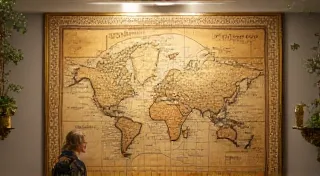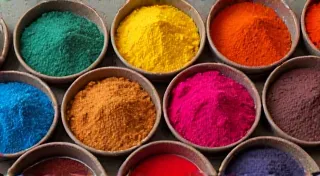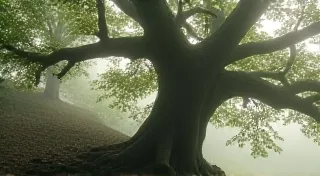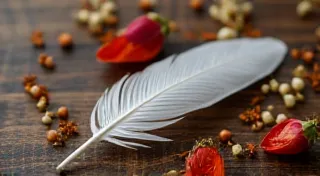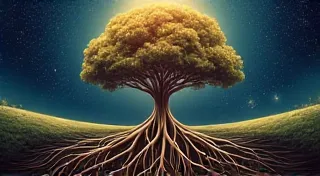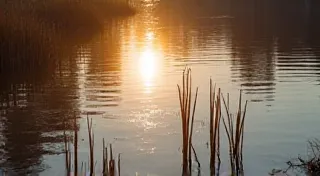The Weaver's Knot: Intertwined Systems of Regional Healing
The scent of dried chamomile, woodsmoke, and something faintly earthy hangs in the air, a familiar fragrance that speaks of generations past. It’s a smell I first encountered in my grandmother’s kitchen, a room perpetually bathed in the golden light filtering through hanging herbs and the simmering pot of some unknown, restorative concoction. She wasn't a doctor, not in the modern sense, but she was a healer. And her healing wasn’t just about administering plants; it was a tapestry woven with folklore, massage, the rhythm of the seasons, and an intuitive understanding of the human body’s innate wisdom. It's a wisdom I'm only beginning to appreciate, a recognition that "herbal remedies" aren’t simply a list of plants with medicinal properties, but an integral piece of a larger, regional healing system.
Think of a beautifully restored antique accordion. Not just a pile of bellows and reeds, but a testament to the craftsmanship of a dedicated artisan, each key precisely calibrated, each piece carefully fitted. It’s not enough to simply repair the broken parts; you need to understand the intention, the design, the soul of the instrument. Regional healing is much the same. It’s a system where botany, traditional medicine, and other modalities are intrinsically linked, creating a holistic practice that transcends the sum of its parts. To truly understand it, we need to unravel the intricacies of this “weaver's knot,” appreciating the delicate balance and interconnectedness that holds it together. The power of plants and their connection to the environment are deeply intertwined – consider how the local geology shapes the botanical landscape, a fascinating topic explored in more detail over at Whispers of the Soil: Geology & the Botanical Landscape.
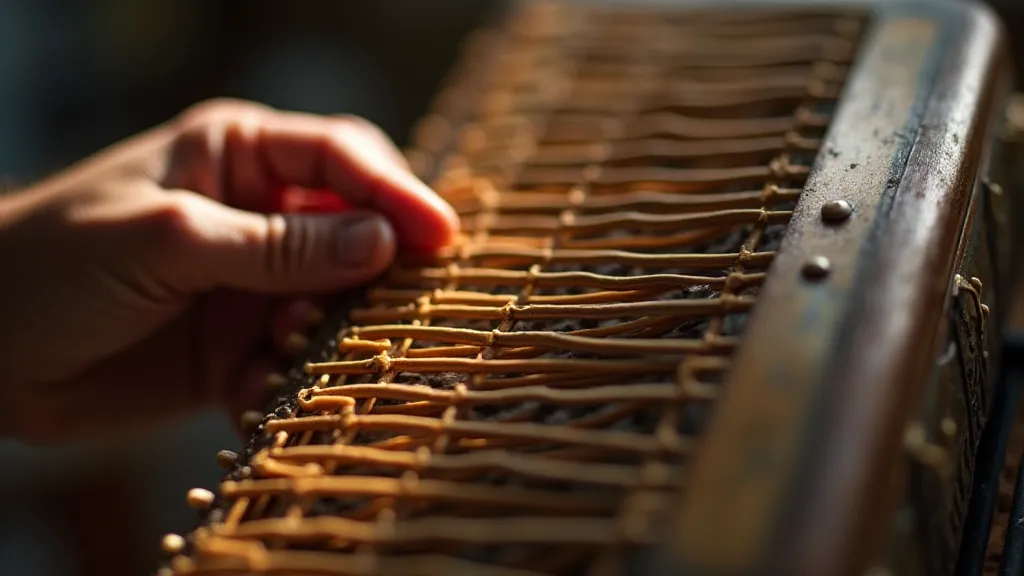
The Roots of Regional Healing: A Historical Perspective
The concept of separating "medicine" and "healing" is a relatively modern one. For centuries, across the globe, healthcare was deeply ingrained within the fabric of local culture. In the Appalachian Mountains of the United States, for example, “granny women” (often skilled midwives and herbalists) served as the primary healthcare providers for generations. Their knowledge wasn’t formally educated; it was passed down through oral tradition, observation, and practical experience. They understood not only the medicinal properties of plants like goldenseal and ginseng (once abundant in the region) but also how to apply them in conjunction with massage techniques to ease labor pains or treat musculoskeletal ailments. The healing was about more than just the plant itself; it was about the relationship between the healer, the patient, and the environment. The phases of the moon also impacted their practices, influencing when and how herbs were harvested and applied; a principle explored in The Lunar Garden: Herb Cycles & the Night Sky.
Similarly, in Traditional Chinese Medicine (TCM), herbal remedies are inseparable from acupuncture, moxibustion, and Tui Na (a form of massage). The energetic pathways (meridians) are believed to be crucial in the body's ability to heal, and herbal formulas are often prescribed to address imbalances along these pathways, with acupuncture and massage used to stimulate energy flow and promote physical restoration. The same principle applies in Ayurveda, the ancient Indian healing system. Herbal treatments (dravyas) are combined with diet, lifestyle adjustments, and therapies like Abhyanga (warm oil massage) and Shirodhara (a continuous stream of warm oil on the forehead) to restore balance and promote overall well-being.
Beyond Botany: The Synergy of Modalities
The beauty of regional healing lies in its ability to adapt and incorporate diverse practices. Consider the Sami people of Scandinavia, who utilize a complex system of shamanic rituals, herbal remedies derived from Arctic plants (like angelica and cloudberry), and traditional massage techniques to treat illness and maintain harmony with nature. The shaman's ability to connect with the spirit world is believed to influence the body’s healing capacity, and the herbal remedies are seen as tools to support this process. It’s not simply about the plant’s chemical composition; it’s about its energetic resonance and its ability to facilitate spiritual healing. The practice also extends to understanding the symbolic meaning of plants, almost like a form of divination – a fascinating intersection explored in the realm of The Cartomancer’s Herbs: Plant Divination and Healing Beliefs.
Often, the massage component is crucial. In many cultures, touch is considered a vital form of communication and healing. The rhythmic movements, the warmth of the hands, the focused attention – all contribute to a sense of comfort and relaxation, which in turn can positively impact the body’s ability to heal. Even a simple hand massage can ease tension and improve circulation, making the herbal remedies more effective. The interaction between the plant’s properties and the body’s response to touch creates a synergistic effect, amplifying the overall healing potential. This synergistic effect isn't just physical; it engages all the senses, creating an immersive experience – an exploration of sensory detail in regional practices can be found in Symphony of Scents: Aromatics and the Regional Sensory Experience.
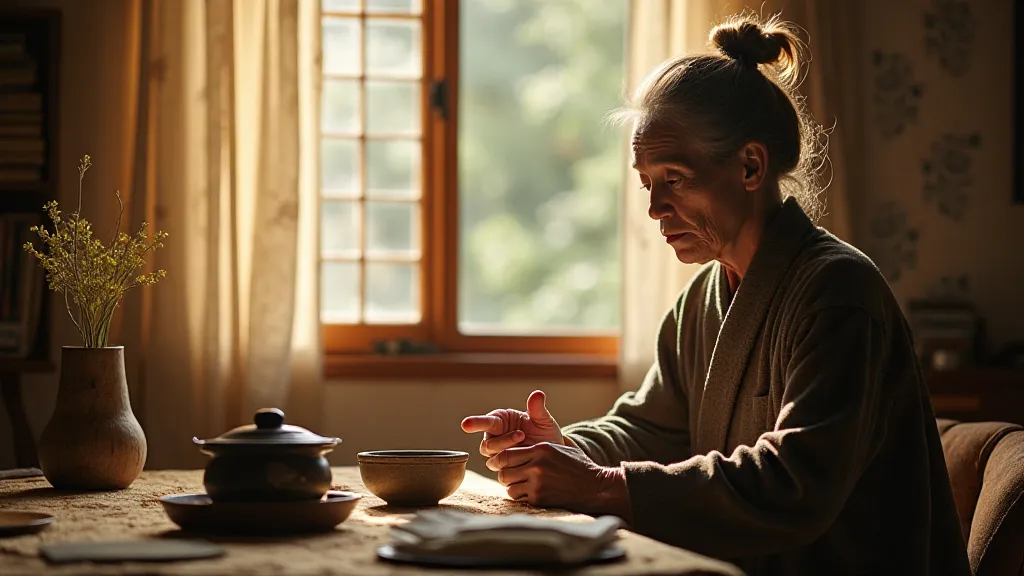
The Craft of Healing: Preserving Tradition and Respecting Craftsmanship
The passing down of this knowledge isn't just about memorizing recipes or techniques. It’s about embodying the spirit of healing—the compassion, the intuition, the deep respect for nature and the human body. Just as a skilled accordion repairman can tell you the history of an instrument just by holding it, a seasoned herbalist can often diagnose a condition simply by observing a patient’s energy and listening to their story. This requires a level of attention, sensitivity, and wisdom that cannot be learned from a textbook. Understanding the cultural significance and symbolism associated with certain plants goes beyond simply knowing their medicinal properties; it connects the healer to a lineage of knowledge and tradition. The healing environment itself plays a crucial role, often incorporating natural elements and reflecting the local landscape. This isn’s merely aesthetic; the physical space impacts the therapeutic process. The scent of herbs, the warmth of the sunlight, the sounds of nature – all contribute to a sense of peace and well-being, amplifying the effectiveness of the healing modalities.
Unfortunately, many of these traditional healing systems are facing threats from globalization, cultural homogenization, and the dominance of Western biomedicine. The knowledge is often marginalized, and the practitioners are often dismissed as "folk healers." Preserving these traditions requires a conscious effort to support the practitioners, document the knowledge, and educate future generations about the value of these ancient healing systems. Furthermore, it’s vital to acknowledge the inherent biases that exist within the medical establishment and to actively challenge the narratives that dismiss traditional practices as “unscientific” or “superstitious.” A more holistic approach to healthcare requires a willingness to embrace diverse perspectives and to recognize the limitations of a solely reductionist model. The knowledge is complex and nuanced, reflecting a deep understanding of the interconnectedness of all things. It’s not simply about treating symptoms; it’s about restoring balance and fostering a sense of harmony within the individual and the community.
Much like restoring an antique accordion, preserving regional healing practices requires a meticulous and respectful approach. It’s not about imposing a modern perspective or attempting to "improve" upon the original design. It’s about understanding the intention behind the practice, appreciating the craftsmanship, and ensuring that the essence of the healing remains intact. Consider the ethical considerations involved in preserving and sharing this knowledge—it’s not enough to simply document the techniques; it’s also crucial to ensure that the cultural context and the intellectual property rights of the practitioners are respected. Collaboration and reciprocity should be at the heart of any effort to revitalize and transmit this ancient wisdom.
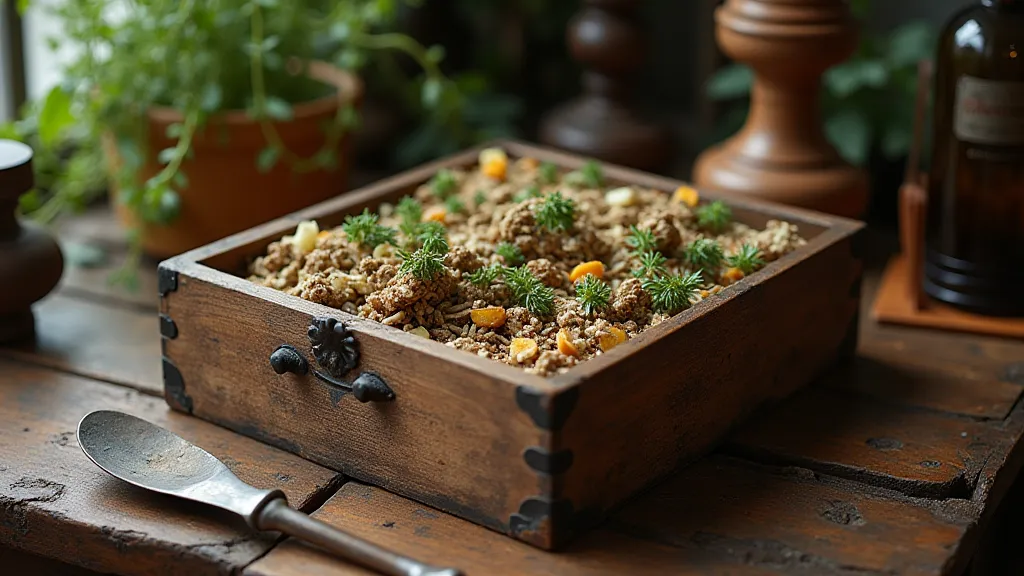
The Enduring Wisdom of the Weaver's Knot
The “weaver’s knot” – the intertwined systems of regional healing – represents a profound connection between humanity and the natural world. It’s a reminder that healing is not just about treating symptoms; it’s about restoring balance, nurturing the spirit, and honoring the wisdom of our ancestors. By appreciating the intricate details of these regional healing systems, we can gain a deeper understanding of ourselves, our connection to the earth, and the enduring power of traditional medicine. And perhaps, in the scent of chamomile and woodsmoke, we can find a pathway back to a more holistic and harmonious way of living. It’s a journey that requires humility, curiosity, and a willingness to embrace the mysteries of the natural world. Ultimately, the enduring wisdom of the weaver's knot lies in its ability to remind us that we are all interconnected – that our health and well-being are inextricably linked to the health and well-being of the planet.
